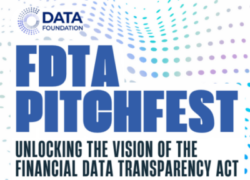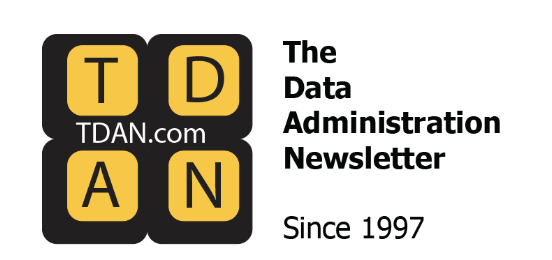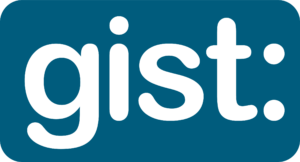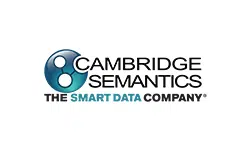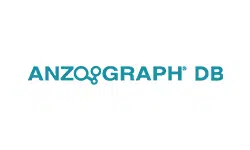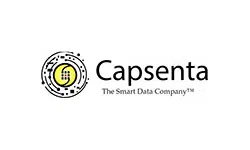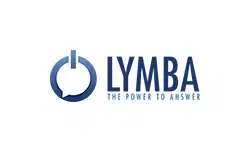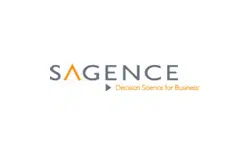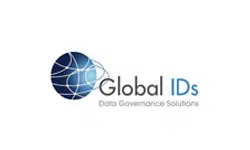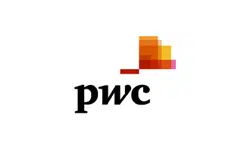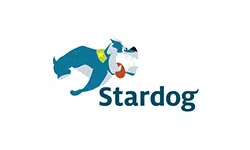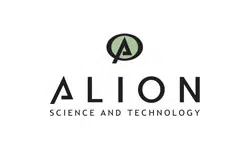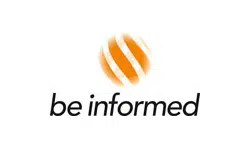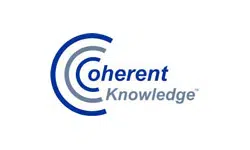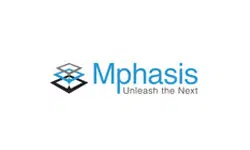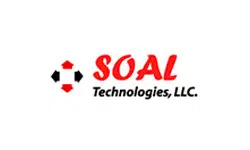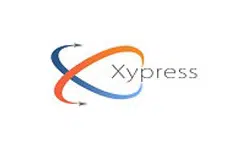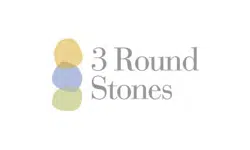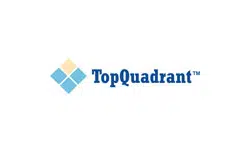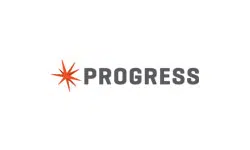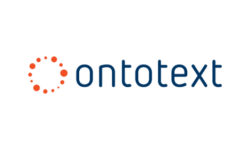Semantic Arts exists to shepherd organizations on their Data-Centric journey.
Our core capabilities include:
• Semantic Knowledge Graph Development and Implementation
• Legacy Avoidance, Erosion, and Replacement
We can help your organization to fix the tangled mess of information in your enterprise systems while discovering ways to dissolve data silos and reduce integration debt.
What is Data-Centric?
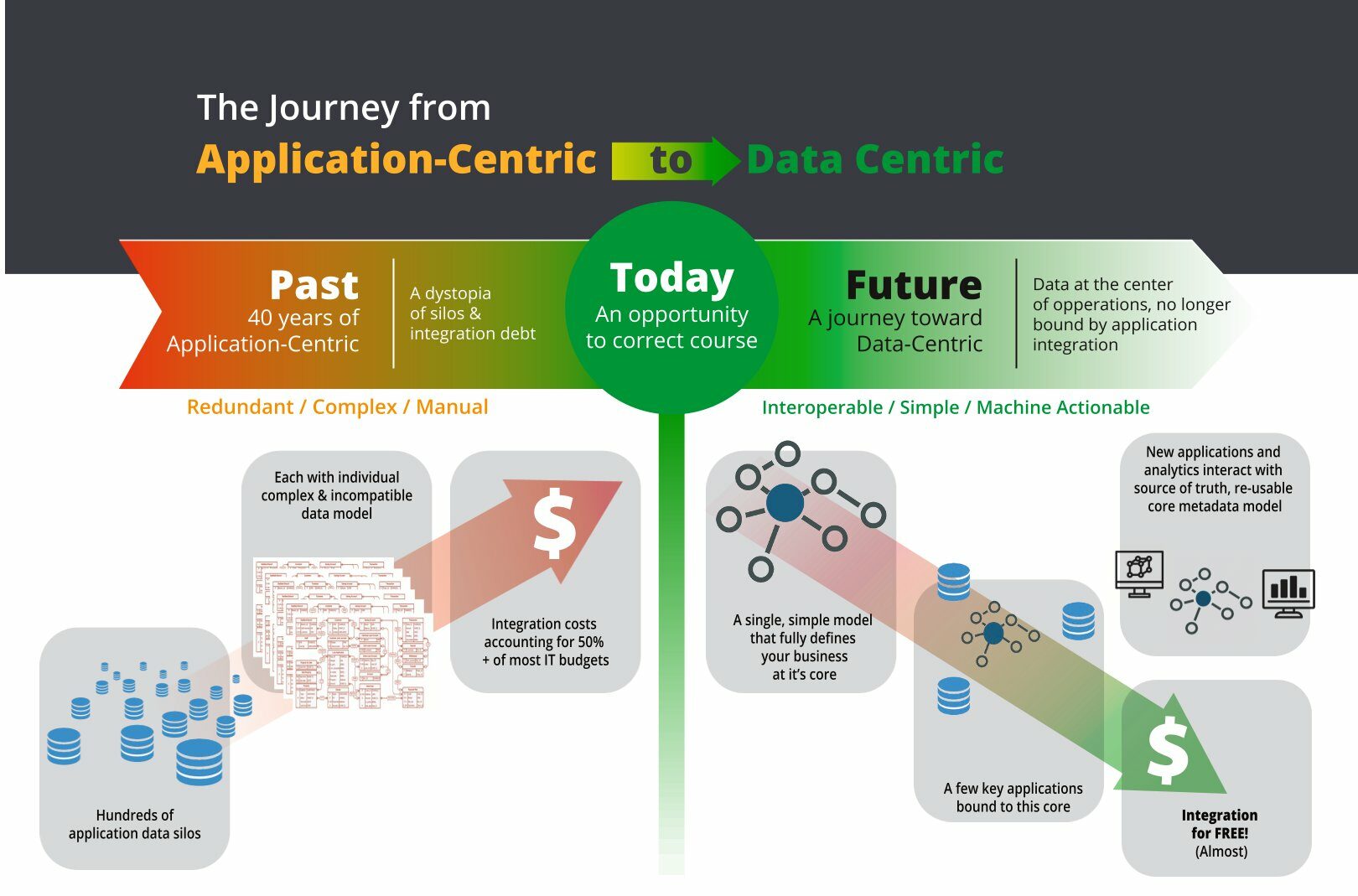
Data-Centric is about reversing the priority of data and applications.
Right now, applications rule. Applications own “their” data (it’s really your data, but good luck with that). When you have 1,000 applications (which most large firms do) you have 1,000 incompatible data silos. This serves to further the entrenchment of legacy systems, with no real motivation for change.
Data-Centric says data and their models come first. Applications conform to the data, not the other way around. Almost everyone is surprised at the fundamental simplicity, once it’s been articulated.
It sounds simple, but fifty years of “application-centricity” is a hard habit to break. We specialize in helping firms make this transition. We recognize that in addition to new technology and design skills, a major part of most projects is helping shepherd the social change that this involves.
If you’re fed up with application-centricity and the IT-fad-of-the-month club, contact us.
Read More: What is Data-Centric?
What about those legacy systems?
The move to a more data-centric architecture requires thoughtful planning. Early phases look more like a surgical process of dealing with legacy applications in a way that realizes quick wins and begins to reduce costs, helping to fund future phases. Usually, it looks something like this:
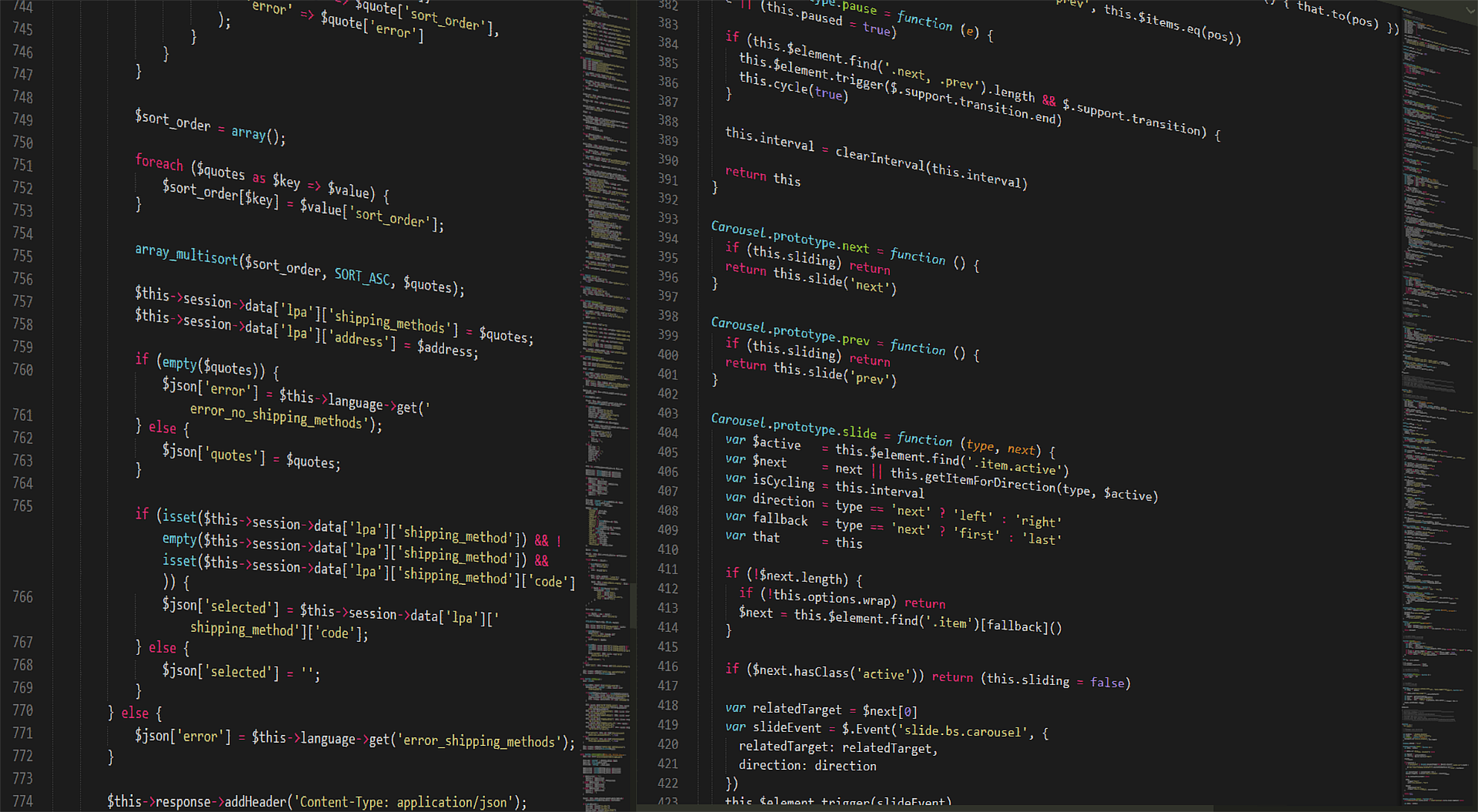
-
Legacy avoidance: The recognition that a firm has slowed down or stopped launching new application systems projects, and instead relies on the data that is in the shared knowledge graph.
-
Legacy erosion: Occurs when firms take use cases that were being performed in a legacy system and instead implement them directly on the graph. Rather than wholesale legacy elimination (which is hard), this approach allows the functionality of the legacy system to be gradually decommissioned.
-
Legacy replacement: Once enough of the data, functionality, and especially integration points have been shifted to the graph, legacy systems can be replaced. Not with “legacy modernization” systems, but with lightweight standalone use cases on the graph.
Read more: Incremental Stealth Legacy Modernization
ABOUT US
Learn more about our mission, our history, and our team.
THOUGHT LEADERSHIP
See how we are leading the way towards a data-centric future, and those who have taken note.
PROBLEMS WE SOLVE
Discover how we can help you along the journey.
Taking a different path STARTS NOW. Become Data-Centric to simplify and enhance your enterprise information landscape:
5 Business Reasons for Implementing a Knowledge Graph Solution
1. Comprehensive data integration
2. Contextualized knowledge discovery
3. Agile knowledge sharing and collaboration
4. Intelligent search and recommendation
5. Future-proof data strategy
Integrating semantic capabilities into enterprise business processes has been the foundational shift that organizations such as Google, Amazon, and countless others have leveraged. The results are tangible: increased market share and revenue, lower costs, better customer experiences, reduced risks, and the promotion of innovation.
Semantic Arts' professional services deliver true solutions (not gimmicks) for current and future information management challenges.
FROM OUR BLOG
The Data-Centric Revolution: Best Practices and Schools of Ontology Design
This article originally appeared at The Data-Centric Revolution: Best Practices and Schools of Ontology Design – TDAN.com. Subscribe to TDAN directly for this and other great content! I was recently asked to present “Enterprise Ontology Design and Implementation Best Practices” to a group of motivated ontologists and wanna-be ontologists. I was flattered to be asked,... Continue reading→
DCA Forum Recap: Forrest Hare, Summit Knowledge Solutions
A knowledge model for explainable military AI Forrest Hare, Founder of Summit Knowledge Solutions, is a retired US Air Force targeting and information operations officer who now works with the Defense Intelligence Agency (DIA). His experience includes integrating intelligence from different types of communications, signals, imagery, open source, telemetry, and other sources into a cohesive... Continue reading→
Financial Data Transparency Act “PitchFest”
The Data Foundation (Data Foundation PitchFest) hosted at PitchFest on “Unlocking the vision of the Financial Data Transparency Act” a few days ago. Selected speakers were given 10 minutes to bring their best ideas on how to use the improved financial regulatory information and data. The Financial Data Transparency Act is a new piece of... Continue reading→
DCA Forum Recap: Jans Aasman, Franz
How a “user” knowledge graph can help change data culture Identity and Access Management (IAM) has had the same problem since Fernando Corbató of MIT first dreamed up the idea of digital passwords in 1960: opacity. Identity in the physical world is rich and well-articulated, with a wealth of different ways to verify information on... Continue reading→
How to Take Back 40-60% of Your IT Spend by Fixing Your Data
Creating a semantic graph foundation helps your organization become data-driven while significantly reducing IT spend Organizations that quickly adapt to changing market conditions have a competitive advantage over their peers. Achieving this advantage is dependent on their ability to capture, connect, integrate, and convert data into insight for business decisions and processes. This is the... Continue reading→
DCA Forum Recap: US Homeland Security
How US Homeland Security plans to use knowledge graphs in its border patrol efforts During this summer’s Data Centric Architecture Forum, Ryan Riccucci, Division Chief for U.S. Border Patrol – Tucson (AZ) Sector, and his colleague Eugene Yockey gave a glimpse of what the data environment is like within the US Department of Homeland Security... Continue reading→
HR Tech and The Kitchen Junk Drawer
I often joke that when I started with Semantic Arts nearly two years ago, I had no idea a solution existed to a certain problem that I well understood. I had experienced many of the challenges and frustrations of an application-centric world but had always assumed it was just a reality of doing business. As... Continue reading→
The Data-Centric Revolution: “RDF is Too Hard”
This article originally appeared at The Data-Centric Revolution: “RDF is Too Hard” – TDAN.com. Subscribe to The Data Administration Newsletter for this and other great content! The Data-Centric Revolution: “RDF is Too Hard” By Dave McComb We hear this a lot. We hear it from very smart people. Just the other day we heard someone... Continue reading→
gist Jumpstart
This blog post is for anyone responsible for Enterprise data management who would like to save time and costs by re-using a great piece of modeling work. It updates an earlier blog post, “A brief introduction to the gist semantic model”. A core semantic model, also called an upper ontology, is a common model across... Continue reading→
Data-Centric Revolution: Is Knowledge Ontology the Missing Link?
“You would think that after knocking around in semantics and knowledge graphs for over two decades I’d have had a pretty good idea about Knowledge Management, but it turns out I didn’t. I think in the rare event the term came up I internally conflated it with Knowledge Graphs and moved on. The first tap... Continue reading→
gist: 12.x
gist: is our minimalist upper ontology. It is designed to have the maximum coverage of typical business ontology concepts with the fewest number of primitives and the least amount of ambiguity. Our gist: ontology is free (as in free speech and free beer--it is covered under the Creative Commons 3.0 attribution share-alike license). You can use as you see fit for any purpose, just give us attribution.



